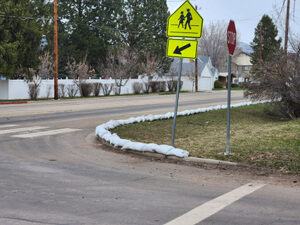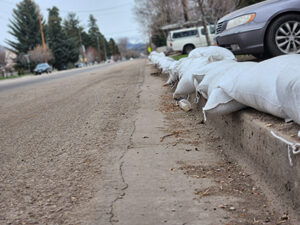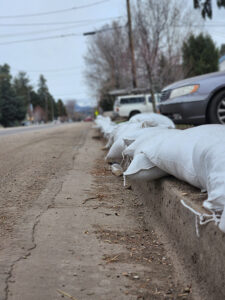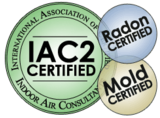 After an historic snow pack year, Utah is thawing out a bit. Have you thought how to prepare your home for Spring floods? In addition to snowmelt, we’re also seeing some additional precipitation, so even if all the snow has melted outside your home, what else is happening community-wide or up in the mountains could still play a role on your property this Spring. If you’re looking for sandbags, we’ve got you covered there too, click this link.
After an historic snow pack year, Utah is thawing out a bit. Have you thought how to prepare your home for Spring floods? In addition to snowmelt, we’re also seeing some additional precipitation, so even if all the snow has melted outside your home, what else is happening community-wide or up in the mountains could still play a role on your property this Spring. If you’re looking for sandbags, we’ve got you covered there too, click this link.
Spring is a time of year when many homes are at risk of flooding. Utah has already seen more its share of floods this past year, and officials in many areas are already warning residents to prepare for more.
Here are things you can do now to prepare for the spring melt and minimize the risk of flood damage to your home, article below courtesy of Atlas Care.
Shovel Snow Away from the House
When the snow around your house starts to melt, water can seep into the concrete foundation. That becomes a problem if the temperature suddenly drops. When this moisture freezes and the surrounding soil expands…crack! You’ve got a leak.
It pays to pick up the shovel and clear away any snow that has built up around the house, especially in stairwells and window wells. This will help prepare your home for Spring floods.
 Clean the Gutters and Downspouts
Clean the Gutters and Downspouts
Between the melting snow and April and May showers, your gutters get a good workout in the spring. But they can’t do it with ice and debris weighing them down. These blockages will cause water to pool and run off the side of the house, damaging the roof and foundation.
You should also ensure the downspout extends far enough from the wall to let water drain away from the house.
Remember: never climb the ladder to clean your gutters unless you have even footing and proper safety equipment. If it’s not safe, this job is one best left to the professionals.
Clear Out Drains, Ditches and Catch Basins
Ditches, culverts, and catch basins can fill up with broken branches and other debris over the winter. If you can’t clear them yourself, you can do your part by calling your municipal services to let them know of the blockage. Taking this step will help ensure the drainage system on your street is best-prepared to deal with heavy rain and melting snow.
Check Your Sump Pump
Have you tested your sump pump lately? You’ll only need it in a worst-case-scenario, but you should make sure the pump is in good working order. Depending on how serious the flood risk, you may consider investing in backup battery power so the pump can continue to work in a power outage.
 Clear Out the Basement
Clear Out the Basement
Does your home have a high risk of flooding? If the answer is yes, there may be little you can do to stem the coming tide. But you can minimize the damage and make the potential clean-up safer.
First, cut the power to the basement, and clear out any sharp objects or chemical products that could pose a hazard. You should also remove any food, furniture, or other objects you wish to salvage from the basement. After a flood, it is best to throw away any food that has come in contact with flood water, even if the container is sealed or the food is dry. Any objects made from wood or textiles will be difficult to save once they’ve been through a flood.
Finally, if you live in town, inspect the backflow valve to ensure it will shut automatically in the event of a sewer backup.

